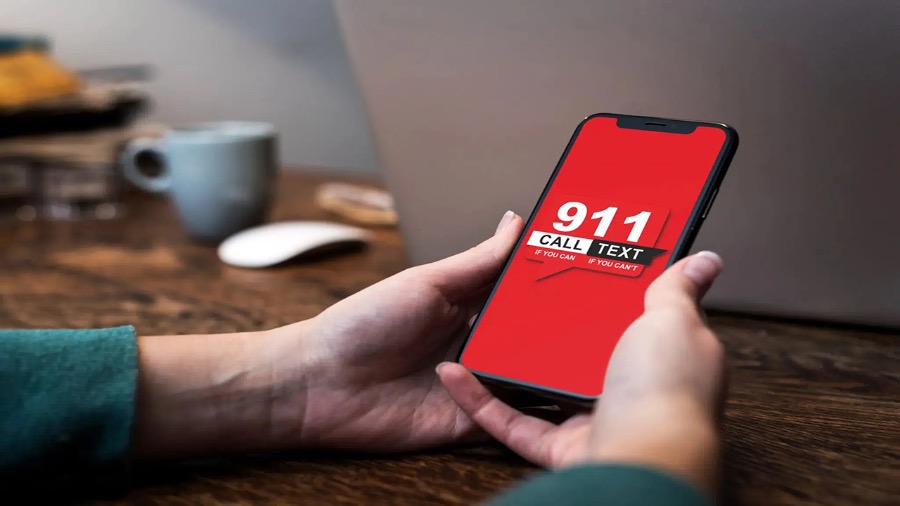
Ever since the first text message was sent back in 1992, it’s transformed how we communicate. Today, over 180 billion text messages are sent each month (1) in the U.S., with 97% of Americans saying they text on a weekly basis, according to The Pew Research Center. Younger generations especially are more comfortable texting and prefer it over talking on the phone. Yet when it comes to emergencies, we’ve still been widely limited to just one option: calling 9-1-1.
In this post I’ll cover how this drastic shift in how we communicate has helped pave the way for an alternative to calling 9-1-1 and the benefits it provides to those in emergency situations, as well as the impact it’s had on emergency call takers.
Texting 9-1-1 isn’t new. Despite the first text-to-9-1-1 being sent in Iowa back in 2009, adoption by counties and states has been slow. This is due in large part to the antiquated technologies in place in many communication centers that simply aren’t able to support receiving texts, and the lack of appropriate funding to replace it, which I’ll cover more in-depth in a future post.
However, being able to text 9-1-1 instead of calling has provided several benefits beyond just a more convenient way for those who prefer typing over talking to get help in an emergency and is a crucial step in the transition to Next Generation 9-1-1.
With every emergency situation already presenting any number of unique challenges for call takers, such as pinpointing the caller’s exact location, those on the other end of the line experience a whole different set of challenges that can be assisted and/or even remedied thanks to text-to-9-1-1.
For instance, in loud environments like concerts, sporting events, or bars where it’s nearly impossible to hear the person on the other end of the line. In these situations, victims would resort to texting a friend or family member and asking them to call 9-1-1, wasting valuable time, relying on a second-hand communication chain, and resulting in no guarantee they’ll receive an immediate response. But with the ability to text 9-1-1, victims can get those critical minutes and seconds back by connecting with a dispatcher directly, and enabling help to arrive faster.
With winter fast approaching, dangerous and damaging storms can wreak havoc on roads, cause widespread power outages and jeopardize communications. Not only can it be difficult for first responders to reach you in an emergency, but even calling for help can be problematic with jammed cell networks preventing calls from going through. But oftentimes, text messages can still get through, giving someone another way to reach emergency dispatchers when voice communications are down.
Another situation where calling 9-1-1 can be difficult or impossible is for speech and/or hearing impaired individuals involved in an emergency. You might be thinking, isn’t that what the TTY/TDD interface does? While that’s true, when using TTY the caller is first connected to an operator or relay service who receives the message, then delivers that message to the dispatcher, adding seconds, if not minutes. And when it comes to emergencies, those few seconds can be the difference between life and death.
As we approach nearly a decade since the first text-to-9-1-1 was sent, and despite the significant benefits it offers, why is it that just 10% of the 6,500 emergency communications centers in the US are able to receive text messages today? I’ll uncover some of the obstacles text-to-9-1-1 still faces along with what’s in store for the future as we continue the path to Next Generation 911 in a future post. What are your thoughts? Find out if text-to-9-1-1 is supported in your area.